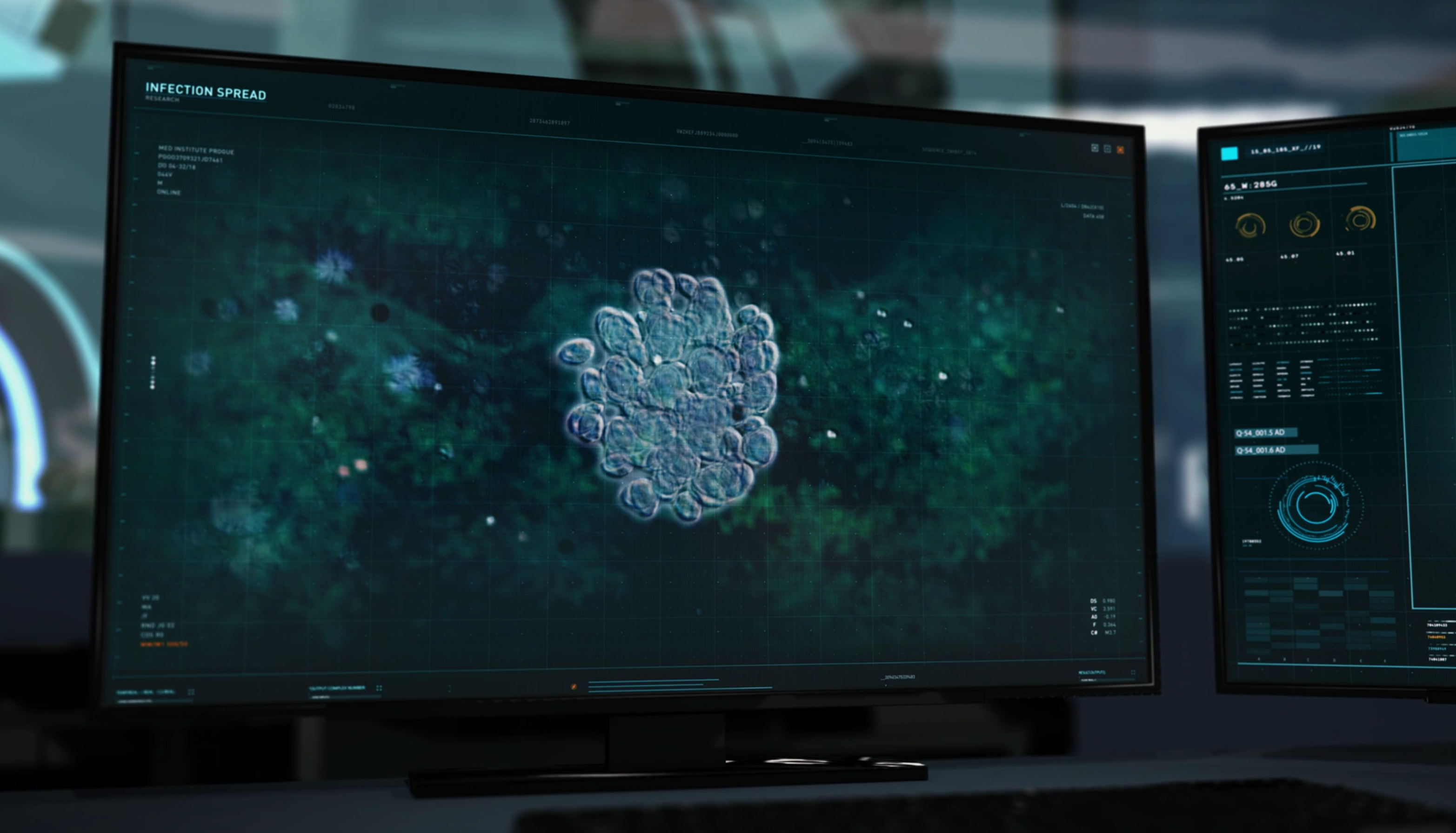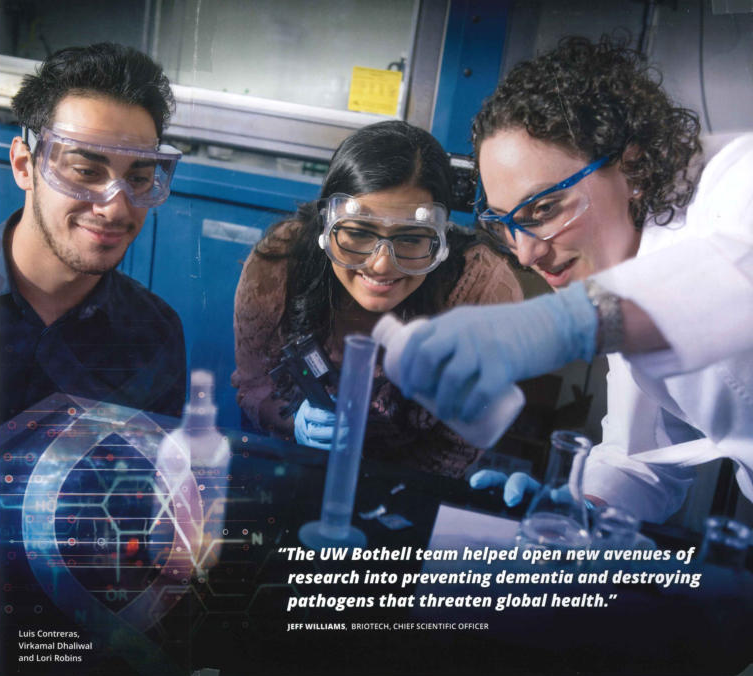
Global Infection Control Specialists Learn Briotech Breakthroughs
Briotech breakthroughs in stability, purity, and efficacy are shared with over two million Infection Control Specialists.
Infection Control Tips
October 06, 2016
Hypochlorous Acid: Harnessing an Innate Response
Abstract: Human pathogens are becoming resistant to antibiotics developed over the past century, and common infections once routinely managed by conventional antibiotics can now become fatal even with best-practice therapy. One method for addressing that developing risk is to attack pathogens before they become life-threatening infections using area and wound decontamination and disinfection techniques. Current methods for disinfection, however, can contribute to the development of resistance, prove toxic to tissues, and damage the environment. We review here an emerging technology based on hypochlorous acid (HOCl), with emphasis on a novel, stable form (BrioHOCl™), that inactivates viruses, bacteria, endospores, and fungi, is safe for human tissues, is environmentally benign requiring no toxic waste disposal or hazardous material management, and is capable of degrading the infectivity of prions.
Conclusions and Significance: Innate resistance to infection in humans depends on the production of HOCl at the front line of defense against microbial invasion. Nature has utilized this compound in immune defense systems across the vertebrate sub-phylum and speaks well to its sustained power, speed, spectrum of action and reliability. It also accounts for the biocompatibility of HOCl, which must be swiftly neutralized in vivo to avoid adverse physiological effects.
Infection Control Tips
October 06, 2016
Hypochlorous Acid: Harnessing an Innate Response
Being able now to apply HOCl in the service of infection control practices is a major advance of the 21st century. Adoption of HOCl as a stable disinfectant may also solve one of the most troubling and persistent gaps of traditional sterilization procedures – prions. Reports have documented the increasing evidence that subtypes of dementia, including Alzheimer’s, may have an infectious component that currently looks like a prion-related protein (Abbott, 2015). Having a disinfectant that can eradicate that risk from surgical instruments and medical facilities is a timely finding, and a welcome advance in infection control technology.


